-
 Bitcoin
Bitcoin $83,581.5964
-1.31% -
 Ethereum
Ethereum $1,827.0061
-2.95% -
 Tether USDt
Tether USDt $0.9998
0.00% -
 XRP
XRP $2.0572
-2.12% -
 BNB
BNB $600.6352
-0.50% -
 Solana
Solana $120.4741
-3.43% -
 USDC
USDC $0.9998
0.00% -
 Dogecoin
Dogecoin $0.1664
-3.04% -
 Cardano
Cardano $0.6531
-2.78% -
 TRON
TRON $0.2370
-0.47% -
 Toncoin
Toncoin $3.7850
-5.03% -
 Chainlink
Chainlink $13.2476
-3.86% -
 UNUS SED LEO
UNUS SED LEO $9.3960
-0.18% -
 Stellar
Stellar $0.2662
-1.01% -
 Sui
Sui $2.4099
1.77% -
 Avalanche
Avalanche $18.7876
-2.88% -
 Shiba Inu
Shiba Inu $0.0...01237
-0.55% -
 Hedera
Hedera $0.1663
-0.15% -
 Polkadot
Polkadot $4.0579
-1.23% -
 Litecoin
Litecoin $83.8022
0.76% -
 MANTRA
MANTRA $6.3807
2.55% -
 Bitcoin Cash
Bitcoin Cash $304.1581
-0.61% -
 Bitget Token
Bitget Token $4.5514
-1.22% -
 Dai
Dai $1.0000
0.01% -
 Ethena USDe
Ethena USDe $0.9999
0.00% -
 Pi
Pi $0.6648
-3.97% -
 Hyperliquid
Hyperliquid $12.4497
-5.55% -
 Monero
Monero $214.6449
-2.17% -
 Uniswap
Uniswap $6.0261
-2.31% -
 Aptos
Aptos $5.2625
-0.45%
How to use the value investment concept in the cryptocurrency circle to find undervalued projects?
Value investing in crypto utilizes fundamental analysis to identify projects with intrinsic value undervalued by market price, considering factors like project utility, team expertise, and tokenomics.
Nov 08, 2024 at 11:00 pm

How to Leverage Value Investing Concepts in Cryptocurrency for Undervalued Project Identification
Introduction
The cryptocurrency market, often perceived as highly volatile and speculative, has matured over the years, attracting value investors seeking long-term growth prospects. Value investing, a time-tested approach in traditional financial markets, can be effectively adapted to the cryptocurrency realm to uncover undervalued gems.
Step 1: Understanding Value Investing in Crypto
Value investing in cryptocurrency involves identifying projects with intrinsic value that is significantly below their market price. This approach emphasizes fundamental analysis, focusing on factors such as:
- Project Utility: The underlying purpose and real-world application of the cryptocurrency.
- Team Expertise: The experience and track record of the development team.
- Tokenomics: The distribution of tokens, token use cases, and potential demand drivers.
- Financial Health: The project's treasury, cash flow, and assets.
- Market Sentiment: The current perception and sentiment towards the project.
Step 2: Defining Value in Cryptocurrency
Establishing objective criteria to define value in the cryptocurrency market is crucial. Unlike traditional assets with well-defined metrics, cryptocurrency valuation can be challenging due to various factors, such as:
- Network Effects: The value of a cryptocurrency often increases as more users adopt it.
- Speculation: Market sentiment can drive prices significantly above or below intrinsic value.
- Technology Disruption: Blockchain technology is constantly evolving, leading to potential obsolescence of some projects.
Despite these challenges, certain quantitative and qualitative indicators can provide valuable insights into a project's value:
Quantitative Indicators:
- Market capitalization
- Trading volume
- Price-to-earnings (P/E) ratio
- Price-to-network metric (e.g., price-to-transaction volume)
Qualitative Indicators:
- Team competence and experience
- Community engagement and support
- Adoption rate and usage statistics
- Partnerships and collaborations
Step 3: Identifying Undervalued Projects
To identify undervalued projects, investors should:
- Screen for undervalued candidates: Use quantitative indicators to filter out projects with high price-to-network ratios or low turnover rates.
- Evaluate technical potential: Assess the project's underlying technology, whitepaper, and roadmap to gauge its long-term viability and innovation.
- Analyze team and community: Research the team's experience, track record, and the project's community engagement and support.
- Compare to peers: Conduct a peer analysis to compare the project's valuation metrics with similar projects in the same sector.
- Consider market sentiment: While sentiment can be volatile, contrarian investors may find opportunities in projects with negative sentiment but strong fundamentals.
Step 4: Valuing Cryptocurrencies
Various valuation methods can be applied to cryptocurrencies, including:
- Discounted Cash Flow (DCF): Projects with predictable cash flows can be valued using this method.
- Net Asset Value (NAV): This method assesses the value of a project's underlying assets.
- Earnings Multiplier: Similar to P/E ratios in traditional markets, this method uses a multiple of earnings to determine a fair market value.
- Multiples of Revenue or Transactions: In the absence of traditional earnings, these metrics can provide a proxy for project valuation.
Step 5: Risk Assessment and Portfolio Construction
Investing in cryptocurrencies carries inherent risks. Value investors should:
- Diversify portfolio: Spread investments across multiple undervalued projects to reduce concentration risk.
- Manage volatility: Expect price fluctuations and be prepared to hold for the long term.
- Conduct thorough research: Base investment decisions on thorough due diligence and analysis.
- Monitor investments: Regularly review project performance and make adjustments as needed.
Conclusion
Applying value investing principles to the cryptocurrency market can enhance the identification of undervalued projects with long-term growth potential. By understanding value, conducting thorough research, and managing risks effectively, investors can capitalize on opportunities in this emerging asset class.
Disclaimer:info@kdj.com
The information provided is not trading advice. kdj.com does not assume any responsibility for any investments made based on the information provided in this article. Cryptocurrencies are highly volatile and it is highly recommended that you invest with caution after thorough research!
If you believe that the content used on this website infringes your copyright, please contact us immediately (info@kdj.com) and we will delete it promptly.
- RUVI AI Revolutionizes AI Accessibility with Blockchain Power
- 2025-04-03 11:15:12
- Fidelity Investments Introduces an IRA That Permits Investors to Buy Bitcoin, Ether, and Litecoin
- 2025-04-03 11:15:12
- Whale Alert Detects a Large Bitcoin Transfer Involving 1050 BTC from Binance to an Unknown Wallet
- 2025-04-03 11:10:12
- Democratic Lawmakers Ask US Securities Regulator to Preserve Records of President Trump's Crypto Venture
- 2025-04-03 11:10:12
- Curve Finance Notches Record-Breaking Trading Volumes of Nearly $35 Billion in the First Quarter of 2025
- 2025-04-03 11:05:13
- Coinlist restarts US operations after five-year hiatus
- 2025-04-03 11:05:13
Related knowledge
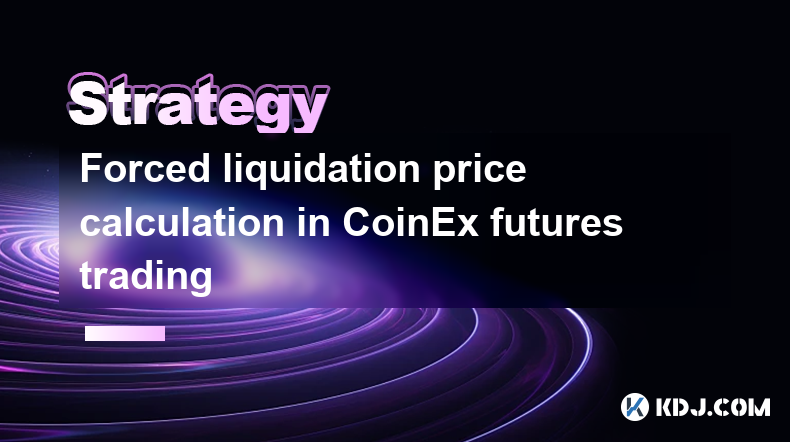
Forced liquidation price calculation in CoinEx futures trading
Apr 03,2025 at 05:35am
In CoinEx futures trading, understanding the forced liquidation price is crucial for managing risk and maintaining your positions. The forced liquidation price is the point at which your position is automatically closed to prevent further losses. This mechanism is designed to protect both the trader and the platform from negative account balances. The c...
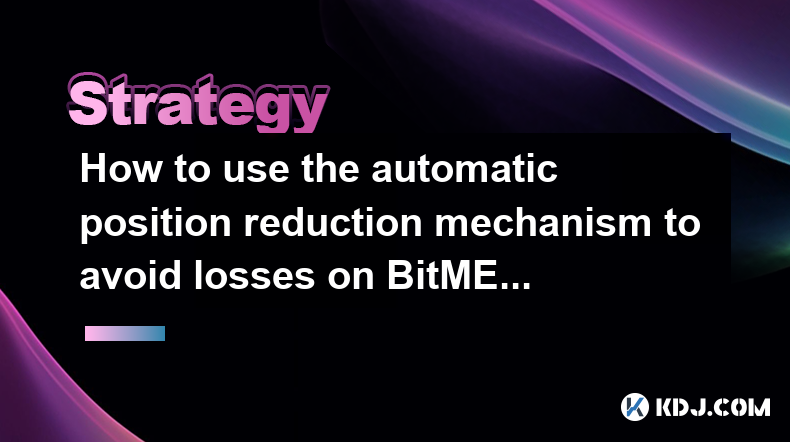
How to use the automatic position reduction mechanism to avoid losses on BitMEX
Apr 03,2025 at 02:56am
Using the automatic position reduction mechanism on BitMEX can be a strategic approach to managing risk and avoiding potential losses in the volatile cryptocurrency market. This feature, also known as Auto Deleveraging (ADL), is designed to help traders by automatically reducing their positions in certain conditions. To effectively use this mechanism, i...
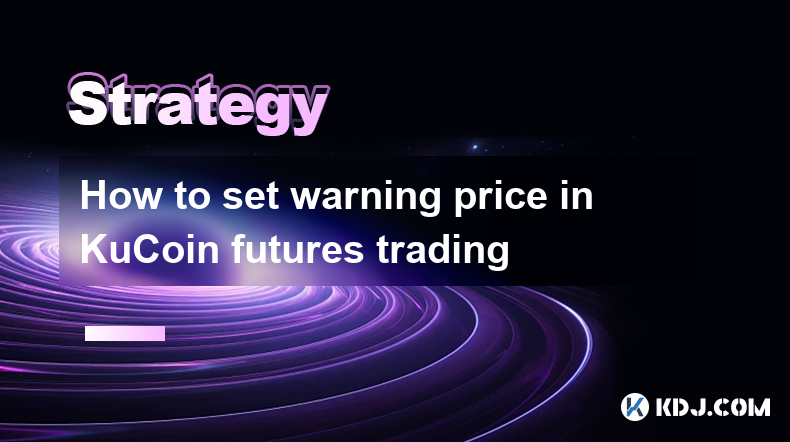
How to set warning price in KuCoin futures trading
Apr 03,2025 at 08:14am
Setting a warning price in KuCoin futures trading is an essential feature for managing risk and staying informed about market movements. This tool allows traders to receive notifications when the price of a futures contract reaches a specific level, helping them make timely decisions. To set a warning price, you need to navigate to the futures trading i...
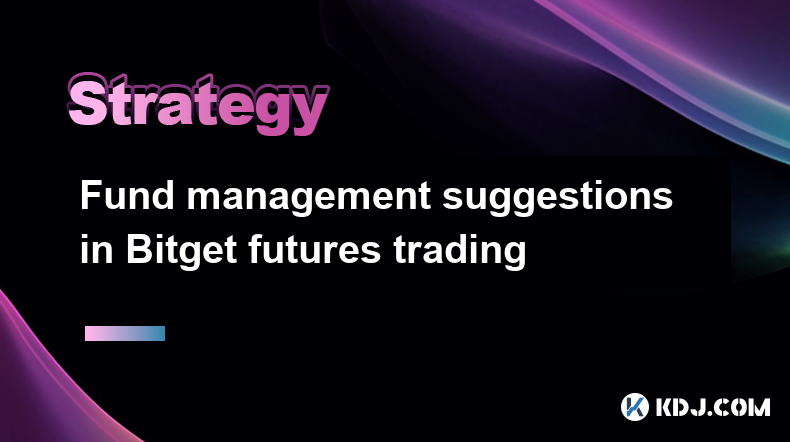
Fund management suggestions in Bitget futures trading
Apr 03,2025 at 09:28am
Trading futures on Bitget can be an exciting yet challenging endeavor. Effective fund management is crucial to maximize profits and minimize risks. This article will provide comprehensive suggestions on managing your funds while trading futures on Bitget. We will cover setting up a trading account, understanding leverage, implementing risk management st...
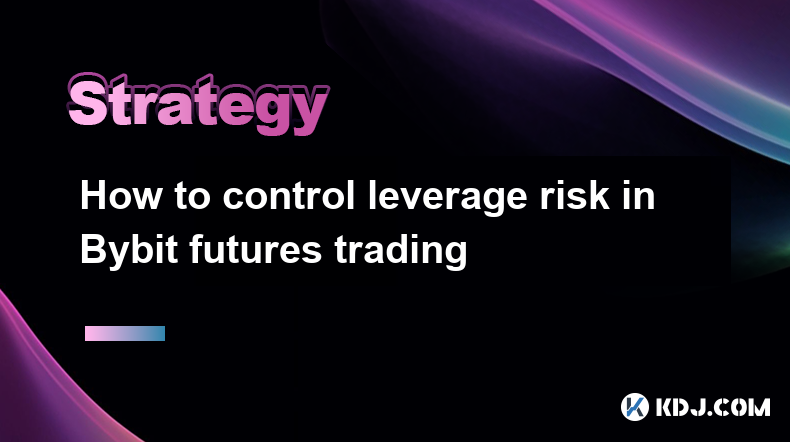
How to control leverage risk in Bybit futures trading
Apr 03,2025 at 04:36am
Trading futures on Bybit can be an exciting way to engage with the cryptocurrency market, but it comes with significant risks, particularly when using leverage. Leverage allows traders to amplify their exposure to the market, but it can also magnify losses. Understanding and controlling leverage risk is crucial for any trader looking to navigate the vol...
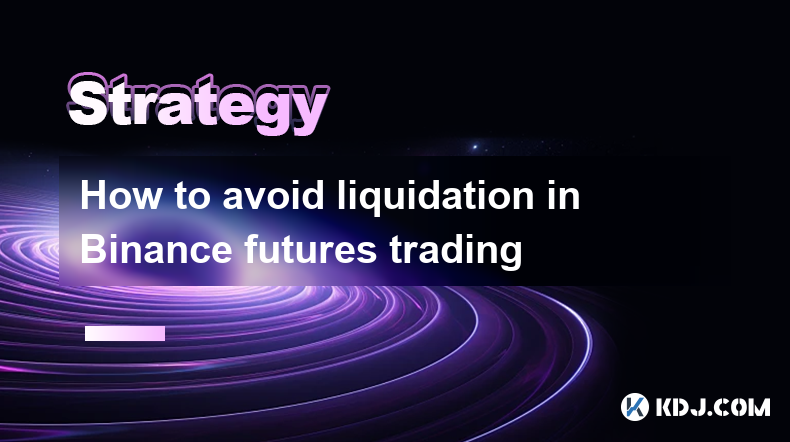
How to avoid liquidation in Binance futures trading
Apr 02,2025 at 10:28pm
Trading in Binance futures can be an exciting yet risky endeavor. One of the most significant risks traders face is liquidation, which occurs when the market moves against your position, and your account's margin balance falls below the maintenance margin requirement. To avoid liquidation, it's crucial to understand the mechanics of futures trading and ...

Forced liquidation price calculation in CoinEx futures trading
Apr 03,2025 at 05:35am
In CoinEx futures trading, understanding the forced liquidation price is crucial for managing risk and maintaining your positions. The forced liquidation price is the point at which your position is automatically closed to prevent further losses. This mechanism is designed to protect both the trader and the platform from negative account balances. The c...

How to use the automatic position reduction mechanism to avoid losses on BitMEX
Apr 03,2025 at 02:56am
Using the automatic position reduction mechanism on BitMEX can be a strategic approach to managing risk and avoiding potential losses in the volatile cryptocurrency market. This feature, also known as Auto Deleveraging (ADL), is designed to help traders by automatically reducing their positions in certain conditions. To effectively use this mechanism, i...

How to set warning price in KuCoin futures trading
Apr 03,2025 at 08:14am
Setting a warning price in KuCoin futures trading is an essential feature for managing risk and staying informed about market movements. This tool allows traders to receive notifications when the price of a futures contract reaches a specific level, helping them make timely decisions. To set a warning price, you need to navigate to the futures trading i...

Fund management suggestions in Bitget futures trading
Apr 03,2025 at 09:28am
Trading futures on Bitget can be an exciting yet challenging endeavor. Effective fund management is crucial to maximize profits and minimize risks. This article will provide comprehensive suggestions on managing your funds while trading futures on Bitget. We will cover setting up a trading account, understanding leverage, implementing risk management st...

How to control leverage risk in Bybit futures trading
Apr 03,2025 at 04:36am
Trading futures on Bybit can be an exciting way to engage with the cryptocurrency market, but it comes with significant risks, particularly when using leverage. Leverage allows traders to amplify their exposure to the market, but it can also magnify losses. Understanding and controlling leverage risk is crucial for any trader looking to navigate the vol...

How to avoid liquidation in Binance futures trading
Apr 02,2025 at 10:28pm
Trading in Binance futures can be an exciting yet risky endeavor. One of the most significant risks traders face is liquidation, which occurs when the market moves against your position, and your account's margin balance falls below the maintenance margin requirement. To avoid liquidation, it's crucial to understand the mechanics of futures trading and ...
See all articles
























































































